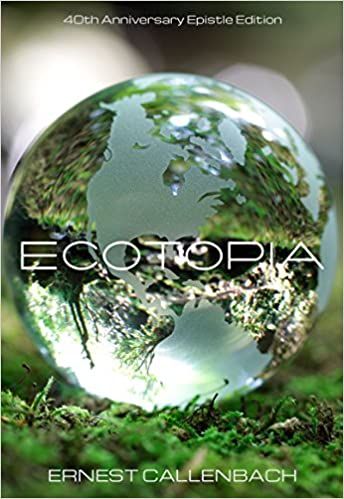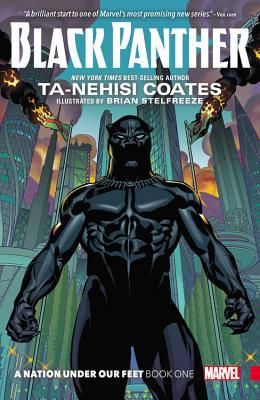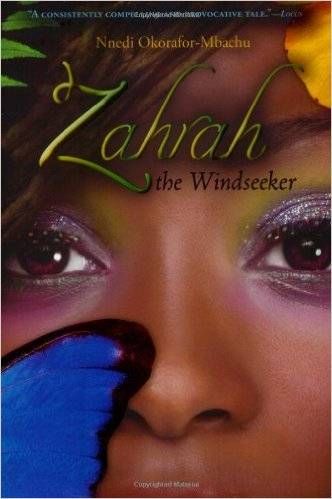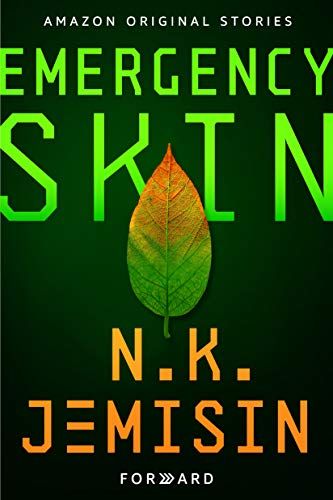
An Introduction to The Solarpunk Genre
While a great deal of science fiction involves gloom, doom, and cynicism about humanity’s fate (Apocalypse! Dystopia! Grimdark!), there are bright spots of optimism within the genre. Meet solarpunk.
What Is Solarpunk?
The overall vibe of the solarpunk genre is often described as inspired by Art Nouveau, Victorian, and Afrofuturist motifs. Illustrations of solarpunk landscapes often look hypermodern, light, airy, and colorful, but can also be rich in elegant detail. Most of all, everything is so, so green. Just covered in leaves. Like Ewoks moved into the Watergate.
Along with this visual style, the spirit of solarpunk is one of craftsmanship, egalitarianism, and optimism where technology can be put to work to solve our greatest problems.
The first mentions of solarpunk trace back to the late 2000s, but the sub-genre became more widely recognized thanks to the Tumblr of Miss Olivia Louise, who frequently posted images that reflect what’s become recognized as the solarpunk aesthetic, and had a post in this style and explaining it go viral in 2014.
What Are Solarpunk Novels?
Solarpunk, as a name for a science fiction sub-genre to fill a void within science fiction, was first suggested in 2008 by Republic of the Bees, which pitched it as parallel to steampunk, in that both spun away from modern technologies and built instead on variant directions technology could have gone instead.
Solarpunk has also been compared to cyberpunk — but while cyberpunk imagines a future in which technology had led to new, darker problems for humanity, solarpunk offers a more hopeful take, in which technology has led to solutions. In fact, the result is often quite utopian.
More than just a motif or a take on technology’s potential, solarpunk worlds also often offer a version of humanity that has optimized its societal potential with a higher cultural awareness, equality across genders and races, and heightened creativity.
Classic Solarpunk Novels
Thought the name “solarpunk” wasn’t recognized until recently, authors have been writing in this style for much longer.
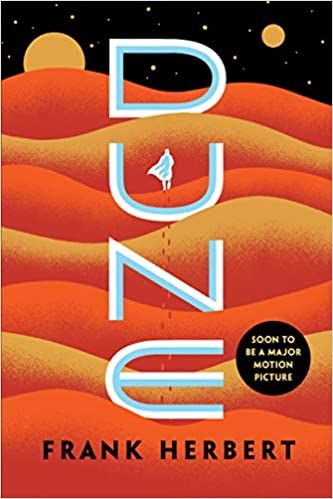
Dune by Frank Herbert
When the Royal Atreides family is betrayed and murdered, the surviving heir Paul sets off on an epic journey and fulfills humankind’s most unattainable dream. It is set amid the backdrop of the harsh climate of the planet Arrakis, which is also the source of the spice mélange — a drug necessary for space navigation that can broaden a person’s awareness, and is also the inspiration for many to seize control over the planet.
The novel’s deep spirituality and emphasis on harmony with nature reverberates with solarpunk vibes, and in later books of the series, Arrakis becomes a lush garden planet.
Island by Aldous Huxley
The last novel published from the author of the classic dystopian novel Brave New World, Island serves as a sort of counterpoint to the earlier work. In it, a jaded reporter forces himself onto an island with the goal of persuading the Kingdom of Pala to sell its oil assets. But as he gets to know its people, he becomes increasingly drawn into this enlightened culture and the harmony among its people and with nature.
Parable of the Sower by Octavia Butler
This one starts with social chaos triggered by climate change and economic crisis in the 2020s.
But don’t worry about that.
Amid this chaos, 15-year-old Lauren’s gated community is destroyed and her family killed. As she makes her way to safety with other survivors, her hyperempathy abilities lead her to adapt a new religion based on the idea that it is humanity’s destiny to travel beyond Earth. The series is rich with garden metaphors and revolves around the struggles of resource scarcity. While much of the story’s arc seems dystopian, Lauren’s vision for humanity’s future ultimately focuses on hope and renewal, rather than the chaos.

Always Coming Home by Ursula K. Le Guin
In a future long after modern society’s end, this novel explores the culture of the Kesh through a collection of their art and other texts, rather than a traditional plot. The society is small, peaceful, egalitarian, connected to the earth, and has no government.
Ecotopia by Ernest Callenbach
The name about says it all. This utopian science fiction novel offers a glimpse of what’s possible for humanity, inspired by the environmental movement of the 1970s. Following a succession and creation of a new country in the formerly American West, a reporter enters the newly formed Ecotopia to see if the wild rumors of tree worship, revolutionary politics and sexual extravagance are true.
Modern Solarpunk
In recent years, solarpunk has started to emerge from all kinds of storytelling, from film to comics to anime and, of course, novels.
Suncatcher: Seven Days in the Sky by Alia Gee
In this snapshot of a future world where we’ve worked past Earth’s biggest problems, Professor Radicand Jones is looking forward to a well-earned vacation. But then her solar-powered airship is attacked by pirates, and it spirals into a roaring adventure from there.
Yokohama Kaidashi Kikou by Hitoshi Ashinano
In this manga science fiction, humanity is declining, but the good news is that all the problems we’ve created are on the decline, too. With the world quiet and peaceful, nature is healing, and the remaining population is doing well. Amid this backdrop, the series follows the adventures of Alpha Hasseno, an Alpha 7 M2 series robot, who runs a coffee shop.
Black Panther by Ta-Nahisi Coates and Brian Stelfreeze
Before you ask what about this Marvel comic could be solarpunk, I ask you: what about it isn’t solarpunk?
Thanks to its great source of vibranium, Wakanda has created its own paradise. They have endless technology far beyond what the rest of the world has created, offer an egalitarian and spiritual society, and it’s a gorgeous example of Afrofuturism, which frequently crosses over with solarpunk.
Zahrah the Windseeker by Nnedi Okafor
Despite the prophecies, Zahrah Tsami has always felt normal. But when strange incident start to prove Zahrah is different, people take it as evidence their fear of her is justified.
This story takes place within the Ooni Kingdom, a city-planet of a Black-appearing human race where everything is made from plant matter.
Emergency Skin by N. K. Jemisin
Ages after humanity left Earth due to environmental disaster, an explorer must return to the abandoned planet. The explorer is warned the planet has been destroyed and the people who were left behind are now monstrous. But what he finds is opposite — a world that is healing, and a new society healing along with it.





